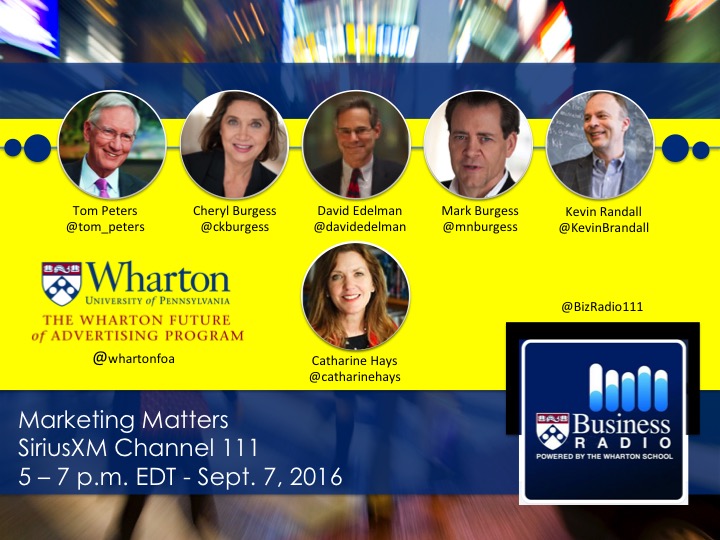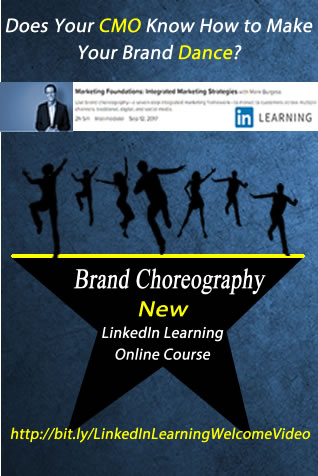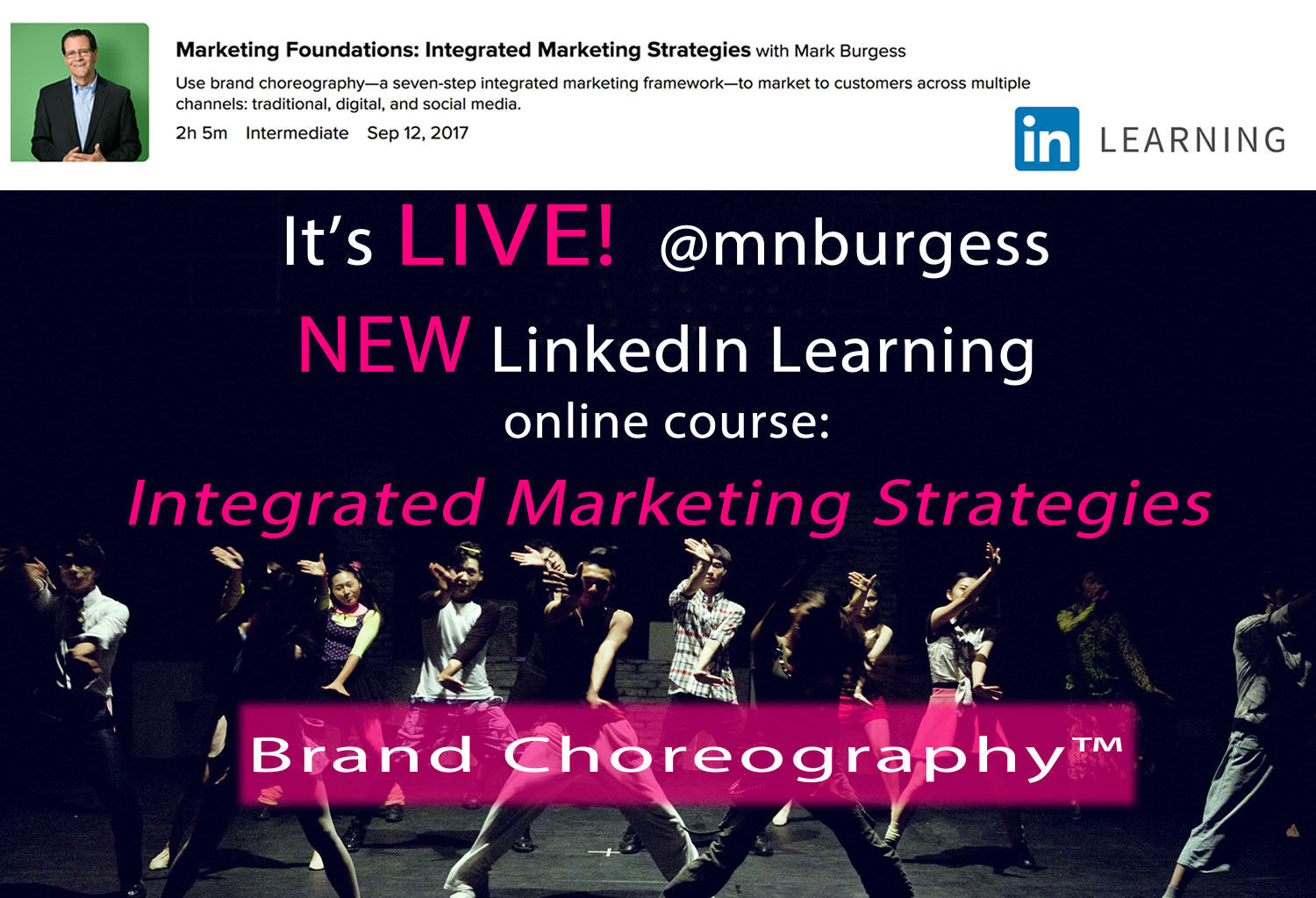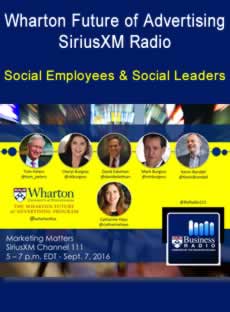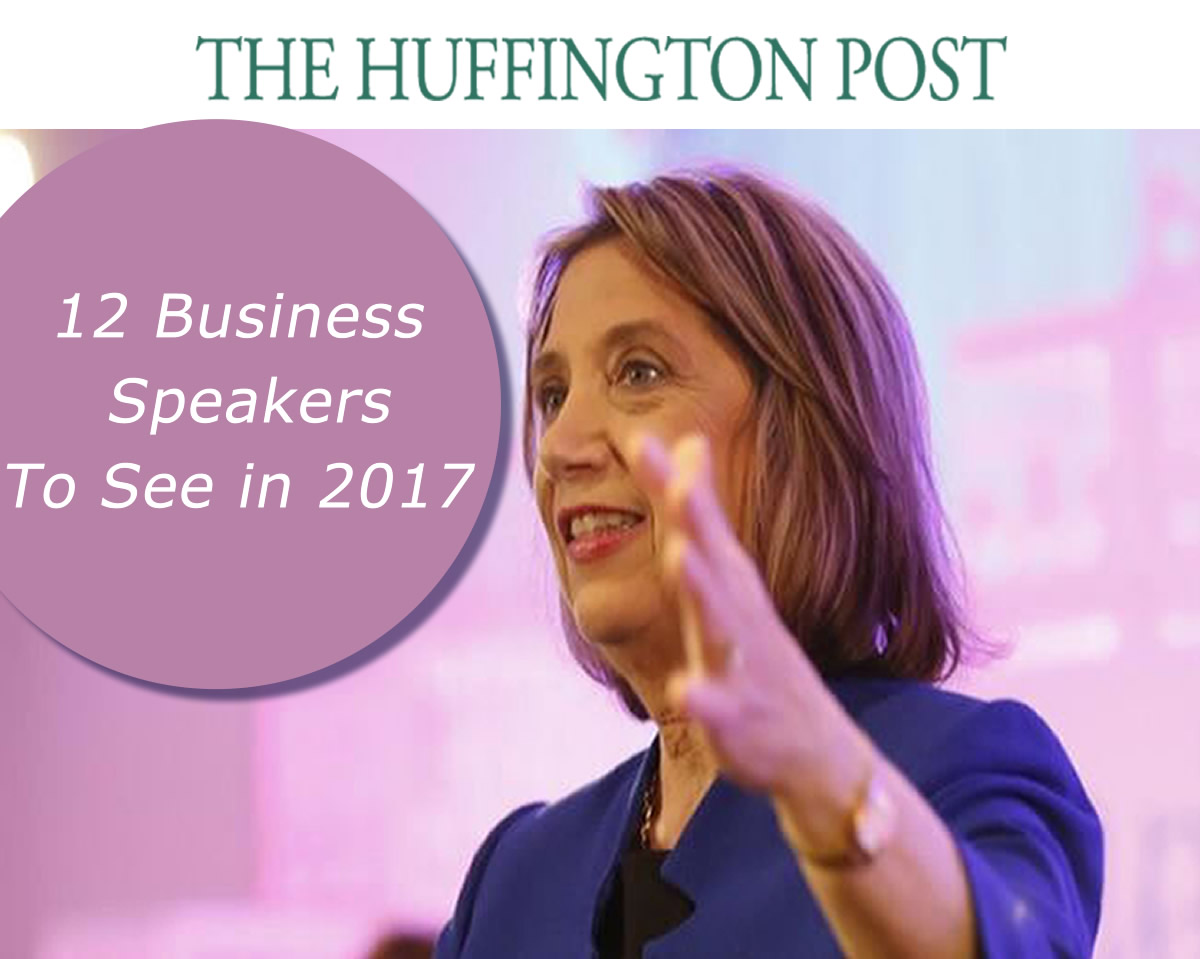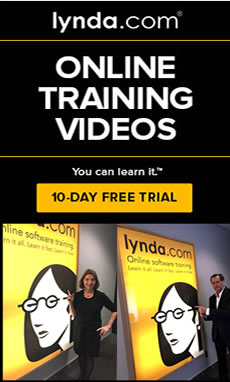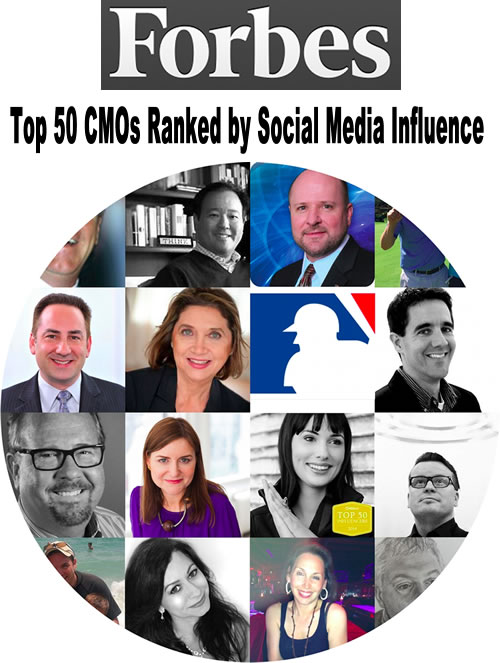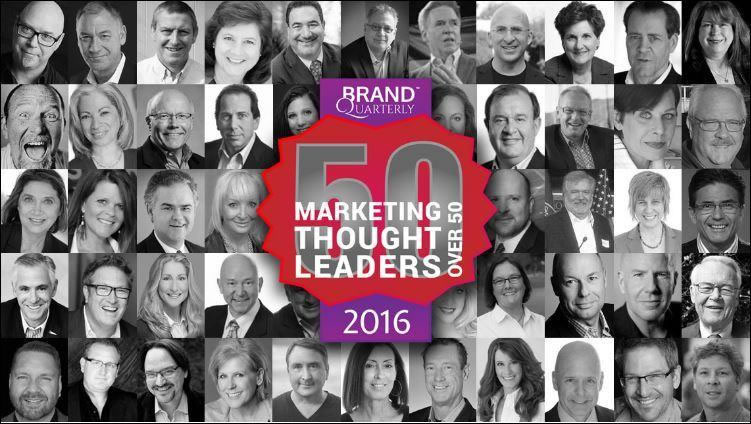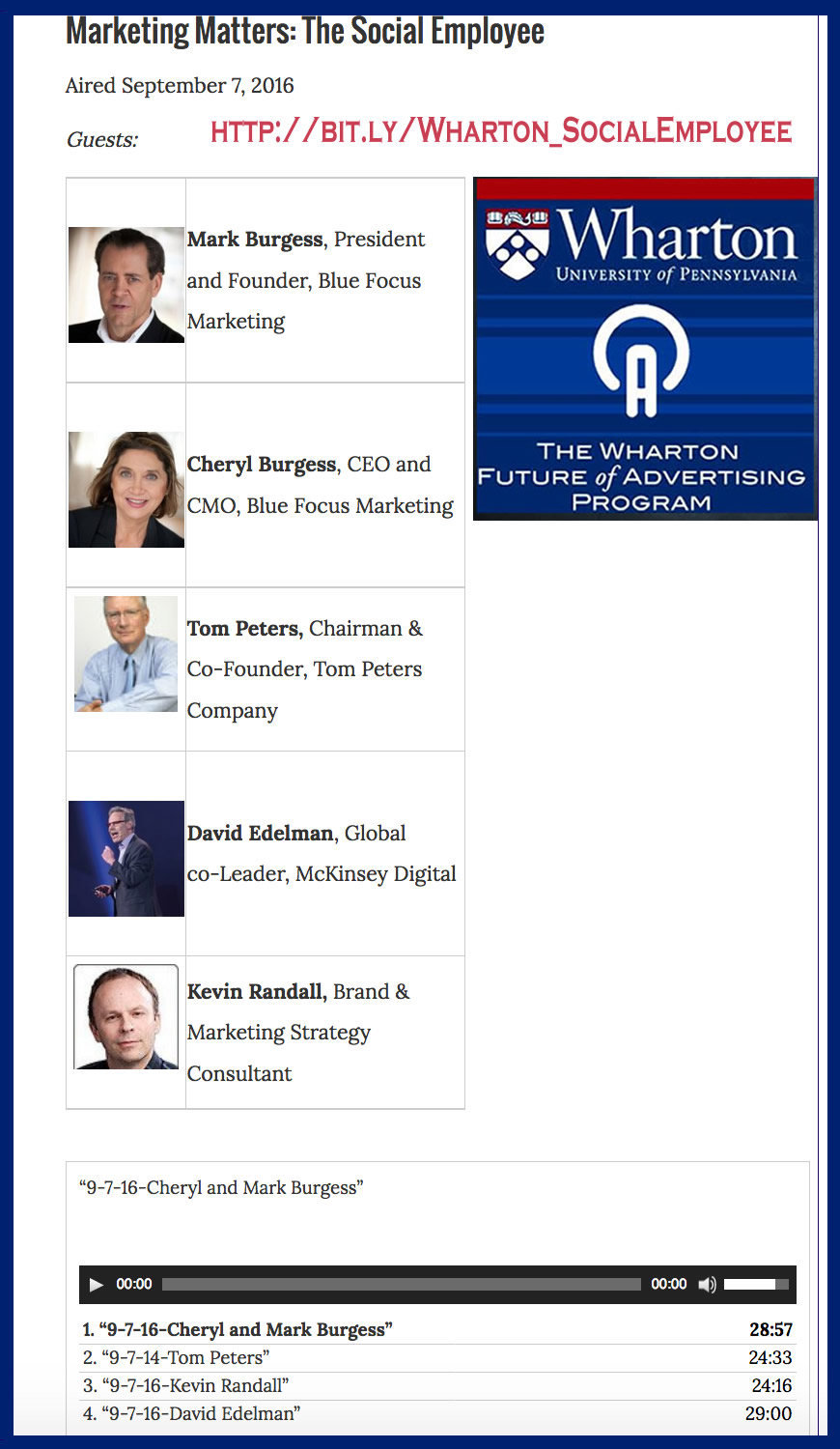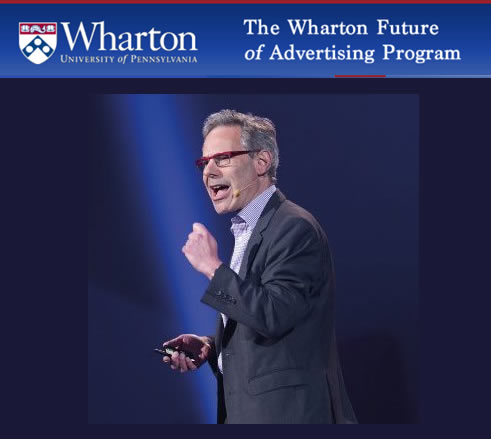 David Edelman – Chief Marketing Officer at Aetna
David Edelman – Chief Marketing Officer at Aetna
Social Business is all about options. With new enterprise and customer-facing platforms cropping up every day, the possibilities for collaboration, connection, and creativity are practically limitless. Social employees can tear down silos and boost productivity. Customers can connect with their favorite brands—and discover new ones—in dynamic, interactive ways.
But according to David Edelman (@davidedelman), such an abundance of possibilities can lead some organizations to feel overwhelmed. After all, it can feel like there are a lot of levers to pull in order to establish their brands as a force in the digital bazaar.
So how do brands get over the hump and start making real connections with both customer and employee alike?
This question was at the forefront of our conversation with David Edelman during Wharton’s Marketing Matters radio show on Sept. 7. The two-hour show, hosted by Catherine Hays, also featured thought leaders Tom Peters (@tom_peters) and Kevin Randall (@KevinBrandall). In the coming days, we’ll be exploring each segment of the show in-depth. In this post, we’ll take a closer look at how brands can learn to get off the social fence and start engaging.
What Is a Brand in the Social Age?
As Edelman says, “The whole notion of what is a brand is getting more and more challenged in the digital era.” Customers actively resist traditional push-model campaigns whenever they can. And while this may cause some hand-wringing among marketers, there’s actually a silver lining. Today’s social-savvy consumers aren’t trying to avoid brands altogether. On the contrary, they’re seeking deeper relationships with brands than were previously available.
“[Customers] want to really experience what the company is about, understand even more so what it stands for, how it operates, and how it treats its people,” says Edelman. In our best-selling book The Social Employee (McGraw-Hill, 2014), we call this a brand’s mission, vision, and values. To build on these elements and make them a central part of a brand’s identity, organizations need to shift away from the idea of brand as monolith and more toward the idea of brand as community.
The key to this shift is embracing social employee advocacy—highlighting the more human aspects of an organization through its many varied voices. As Edelman puts it, brands need to become a “representation of what a group of people are trying to accomplish as employees of that company.” Before any tool adoption, before any new employee program is introduced, this is the fundamental concept that brands must first embrace if they hope to get over the social hump.
Stop, Look, and Listen
From there some brands may already be chomping at the bit to begin their own social marketing campaign—and there’s certainly nothing wrong with testing the waters and learning. However, as Edelman points out, social engagement is often more about listening than messaging. More companies are setting up listening centers with tools for flagging messages, learning who is talking about you and their influence circle, and how your messages are being circulated.
The benefits to this are many. To impact your community, it’s first important to understand how your community engages and how your messages are likely to be received. Edelman also points out that it’s great for triaging customer service requests and determining priorities. The customer service component is especially important, as many brands taking their first steps into the world of social engagement do not fully consider applications other than marketing. In truth, a brand’s social media channels can have many uses, such as HR, PR, customer service, marketing, and even recruiting.
Building Communities One Connection at a Time
With this foundation in place, social employees can begin engaging their communities more actively, transitioning from the role of participant to social leader. Edelman’s most important piece of advice? Don’t be bland. Offer a point of view and be constantly building on it. Again, it’s important to remember that customers and stakeholders want authenticity. If social employee advocates hope to rally others around their brand, they must demonstrate their own passion—sharing their involvement in projects, providing big-picture analyses, and commenting on other goings-on in the industry.
But as Edelman is careful to point out, a social empire doesn’t appear overnight. Everything builds. And it begins by paying attention to feedback from your community—an element that Edelman says is often underplayed in the employee advocacy conversation. “Being personally a social employee who posts a lot and is out there, I’m amazed at how much I learn from the comments and the feedback and the discussion after I post something.” From there, refine your POV and expand your presence. Speak in conferences, put out articles, seek out other thought leaders.
“You’ve got to keep moving,” Edelman says. “You’ve got to go with the community, fuel it, and build it over time.”
Click here to listen to 2 of 4 segments from Wharton – Future of Advertising Program – SiriusXM Radio Show
Congratulations to David Edelman—New CMO of Aetna!
What a difference a week can make! Days after our Marketing Matters radio show, word came through the pipeline that David Edelman has accepted the position of Chief Marketing Officer at Aetna. From Blue Focus Marketing, we congratulate David on this exciting new position. We’re sure that with David’s vision and commitment to building dynamic, people-centered brands, Aetna is poised for big things. Here’s to the future!

